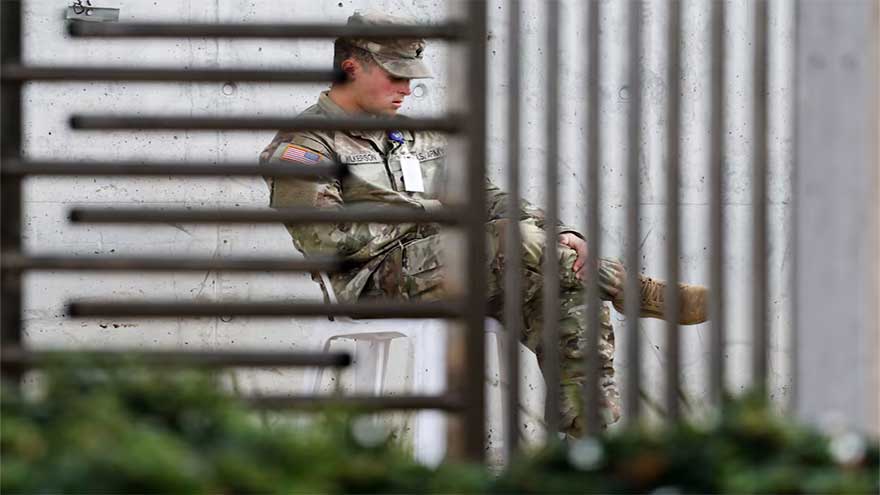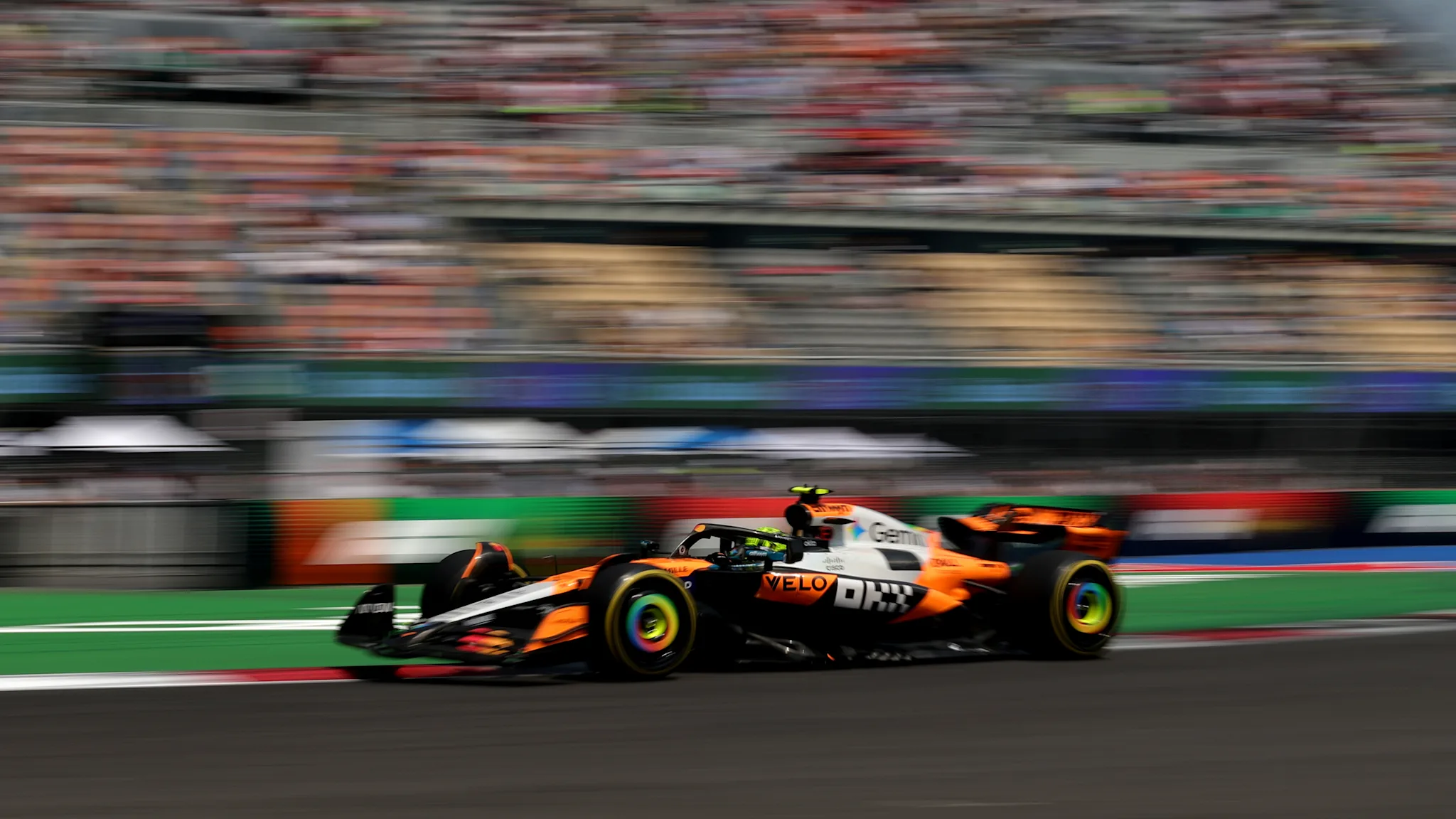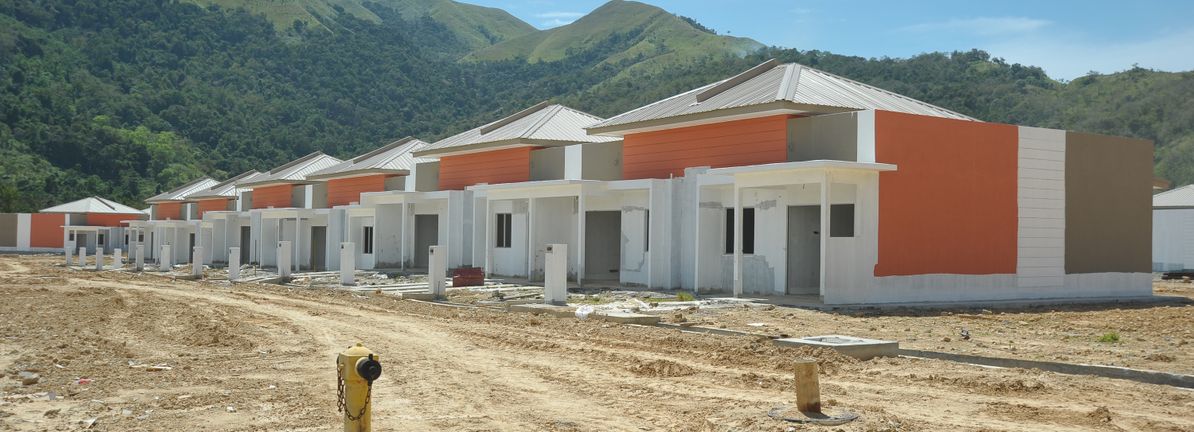You don’t have permission to access “http://www.business-standard.com/cricket/news/harry-brook-s-brilliant-135-rescues-eng-from-collapse-in-mount-maunganui-125102600119_1.html” on this server.
Reference…
You don’t have permission to access “http://www.business-standard.com/cricket/news/harry-brook-s-brilliant-135-rescues-eng-from-collapse-in-mount-maunganui-125102600119_1.html” on this server.
Reference…
BEIJING, Oct. 26 (Xinhua) — China’s cumulative installed power generation capacity had reached 3.72 billion kilowatts by the end of September 2025, marking a year-on-year increase of 17.5 percent, official data showed on Sunday.
Solar power generation capacity amounted to 1.13 billion kilowatts by the end of last month, surging 45.7 percent compared to the same period last year, according to the National Energy Administration (NEA).
Wind power generation capacity reached nearly 582 million kilowatts by the end of September, rising 21.3 percent year on year, the NEA data revealed.
In the first nine months of 2025, China’s major power generation companies invested 598.7 billion yuan (about 84.4 billion U.S. dollars) in power generation projects, up 0.6 percent year on year.
During the same period, investments in power grid projects totaled 437.8 billion yuan — an increase of 9.9 percent year on year, the NEA data showed. ■

Published on: October 26, 2025 9:33 AM

ISLAMABAD: The Pakistan Peoples Party (PPP) appears poised to install its own prime minister in Azad Jammu and Kashmir (AJK) as the party leadership, including Bilawal Bhutto-Zardari and Asif Ali Zardari,…

Unlock the White House Watch newsletter for free
Your guide to what Trump’s second term means for Washington, business and the world
The US has signed trade and critical mineral deals with countries in south-east Asia, President Donald Trump said…

Harshvardhan Rane is enjoying a good run at the box office after years of struggle in Bollywood. The actor saw a revival of his cult classic Sanam Teri Kasam, which finally became a box office hit upon re-release earlier this year. Now, his…

KIRYAT GAT, Israel (Reuters) – In a squat, grey building that normally operates as a cargo hub in an industrial area of southern Israel, US troops have begun the complex task of monitoring Gaza’s fragile ceasefire…

Lando Norris took his fifth pole position of the season, securing his place at the front of the grid for the Mexico City Grand Prix courtesy of a stunning effort.
Norris looked the man to beat across Saturday, and stormed to pole position with…

Lai Sun Development (SEHK:488) remains firmly in the red, with net losses having widened at a rate of 4.2% annually over the last five years. Throughout this period, there has been no improvement in net profit margins, and continued losses mean earnings growth cannot be meaningfully compared to historical averages. With little evidence of a turnaround and insufficient data for forward-looking revenue or earnings forecasts, the company’s ongoing unprofitability signals persistent headwinds for shareholders.
See our full analysis for Lai Sun Development.
Next, we are comparing these latest numbers against the most widely followed narratives in the market to see whether the story around Lai Sun Development holds up or is challenged by the data.
Curious how numbers become stories that shape markets? Explore Community Narratives
Net profit margins have remained unchanged over the past year, continuing a multi-year trend where losses persist with no sign of a turnaround.
According to prevailing market view, the lack of margin improvement highlights just how tough the operating environment remains.
Any hopes that better margins might signal the start of a recovery are dashed by the ongoing loss rate, which increased at 4.2% per year over the last five years.
Despite asset diversification, the company’s persistent inability to improve profitability directly challenges arguments that sector resilience alone can support a rebound.
Lai Sun Development trades at a price-to-sales ratio of 0.2x, far below the Hong Kong Real Estate industry average of 0.7x and the peer average of 5.6x.
The prevailing market view recognizes this deep discount signals that investors may have already priced in ongoing losses and sector headwinds.
While some argue this low multiple could present value appeal, the valuation gap primarily reflects continued financial and operating strains.
Recent sector softness and the company’s unprofitability suggest that “cheapness” alone is not enough to attract momentum buyers or trigger a sustained re-rating.
Earnings growth is currently not measurable against historical averages due to ongoing unprofitability, and there is insufficient data to forecast revenue or profit acceleration.
The prevailing market view emphasizes that without clear signs of a turnaround, potential catalysts like policy changes or sector rebound remain theoretical.
Persistent net losses and lack of evidence for profit acceleration keep expectations anchored low for the near future.
Sector context points out that even modest recovery hopes hinge on either macroeconomic shifts or unexpected improvement in operational efficiency. Neither of these appear imminent in the current figures.

Victoria’s Secret (VSCO) shares have seen movement recently, prompting investors to review the retailer’s performance and outlook. The company’s stock is up 59% over the past 3 months, which reflects renewed interest among market watchers.
See our latest analysis for Victoria’s Secret.
After a bumpy start this year, Victoria’s Secret has staged an impressive comeback, with a 26% one-month share price return and momentum building as renewed industry optimism takes hold. While the year-to-date share price is still lower, long-term shareholders have captured a 16.9% total return over the past year.
If you’re intrigued by how turnarounds like this can create opportunities, it might be time to broaden your search and discover fast growing stocks with high insider ownership
With the stock’s recent surge but analyst targets lagging behind, the question is whether Victoria’s Secret remains undervalued, or if the current price already factors in all the anticipated future growth.
The most widely followed narrative puts Victoria’s Secret’s fair value well below its last close price, signaling a potential disconnect between analyst models and recent market enthusiasm.
The analysts have a consensus price target of $22.7 for Victoria’s Secret based on their expectations of its future earnings growth, profit margins and other risk factors. However, there is a degree of disagreement amongst analysts, with the most bullish reporting a price target of $27.0, and the most bearish reporting a price target of just $17.0.
Read the complete narrative.
Curious what kind of growth projections and future profit assumptions drive this punchy valuation? The key takeaway is that most analyst forecasts are based on slow revenue growth, thinning margins, and a higher-than-normal profit multiple. Which number is the real linchpin? The full narrative reveals the bold assumptions behind the current fair value.
Result: Fair Value of $22.70 (OVERVALUED)
Have a read of the narrative in full and understand what’s behind the forecasts.
However, persistent tariff pressures or a sustained slowdown in mall traffic could quickly undermine the optimistic case for Victoria’s Secret’s recovery.
Find out about the key risks to this Victoria’s Secret narrative.
While analyst models suggest Victoria’s Secret is overvalued versus consensus estimates, our SWS DCF model points in a different direction. Based on projected future cash flows, the stock currently trades 21.6% below its fair value, which suggests potential upside. Which perspective will the market ultimately reward?